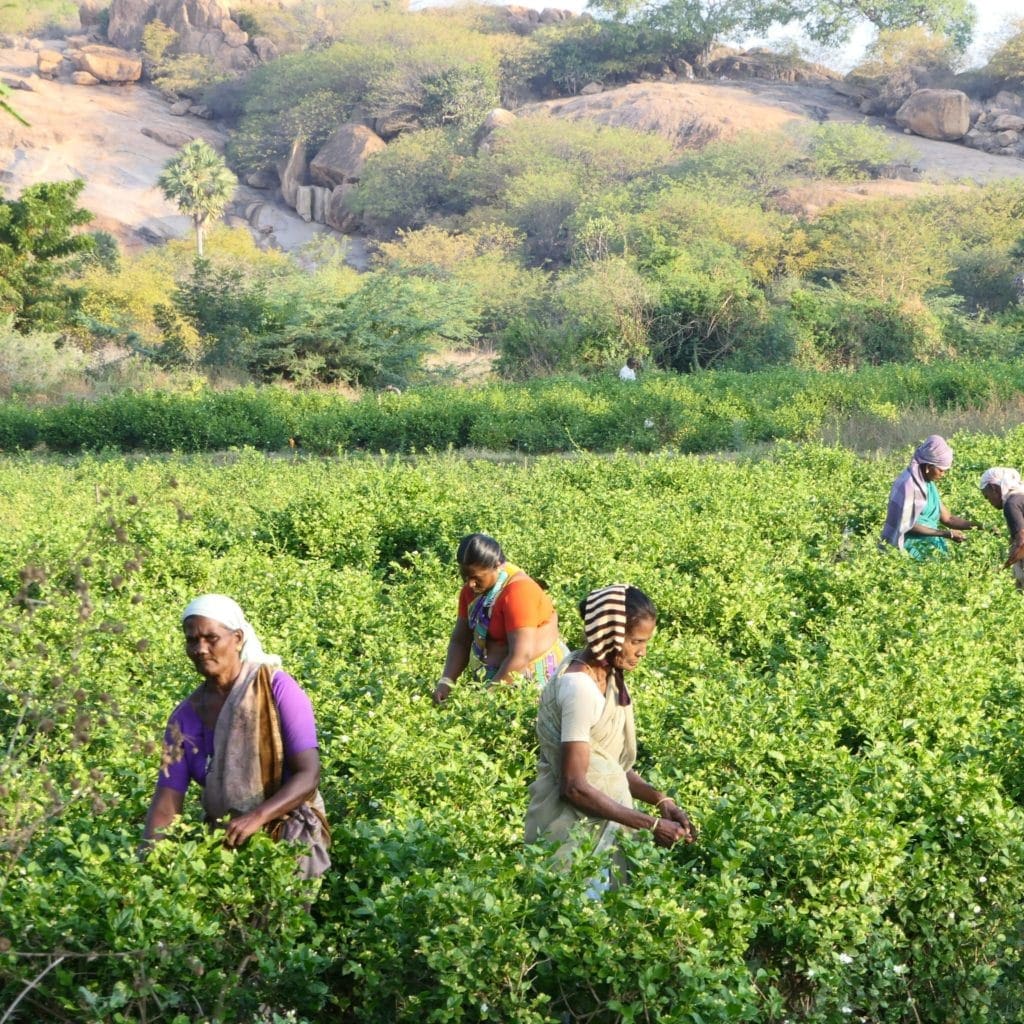
Extreme Weather “Whiplash” in India
In mid-June, India experienced a historic heat wave, with daily temperatures in Delhi hovering around 104 degrees Fahrenheit (40 Celsius) and highs reaching almost 122F (50C). These extreme heat conditions combined with intense humidity and high winds to create an exceptionally challenging climate for local harvesters and processors, as cases of heat stroke and other heat-related ailments rapidly rose throughout northern and central India.
For chemical manufacturers, this heat wave resulted in limited daytime operations, with many producers switching their production schedules to occur during cooler nighttime hours. High temperatures also brought disruptions to local power supplies, which can reduce or temporarily halt the production of new material within manufacturing plants. Lastly and most obviously, high temperatures can heavily impact workers, requiring them to take more frequent breaks to stay healthy and hydrated against the sun.

This extreme heat subsided during the first week of July, though it was soon replaced by intense rainfall that caused widespread flooding and damage to local infrastructure. The Indian Meteorological Department issued a warning on July 1st that rainy conditions would likely continue to cause issues for the northeast, east, and northwest coast of India over the coming weeks.
For a nation struggling with recent water shortages, the heavy rainfall is seen as both a blessing and a curse. Monsoon rains typically start in June and end in September, which provides vital nourishment for crops and reservoirs. However, recent studies have indicated that these monsoons are becoming increasingly unpredictable, leading to a strange cycle of droughts and floods, which is very detrimental to the region’s agriculture.

With India already experiencing delays in shipping due to Suez Canal diversions, it seems likely that further complications for Indian supply will occur until the weather within the region stabilizes. Extreme weather events affect the production of all materials in myriad ways, from temporary infrastructure damage to long-term shifts in the productivity of agricultural regions.
Berjé will continue to monitor the weather as it unfolds in India, providing new product-specific updates through Berjé Online as they become available.
See all info of:





